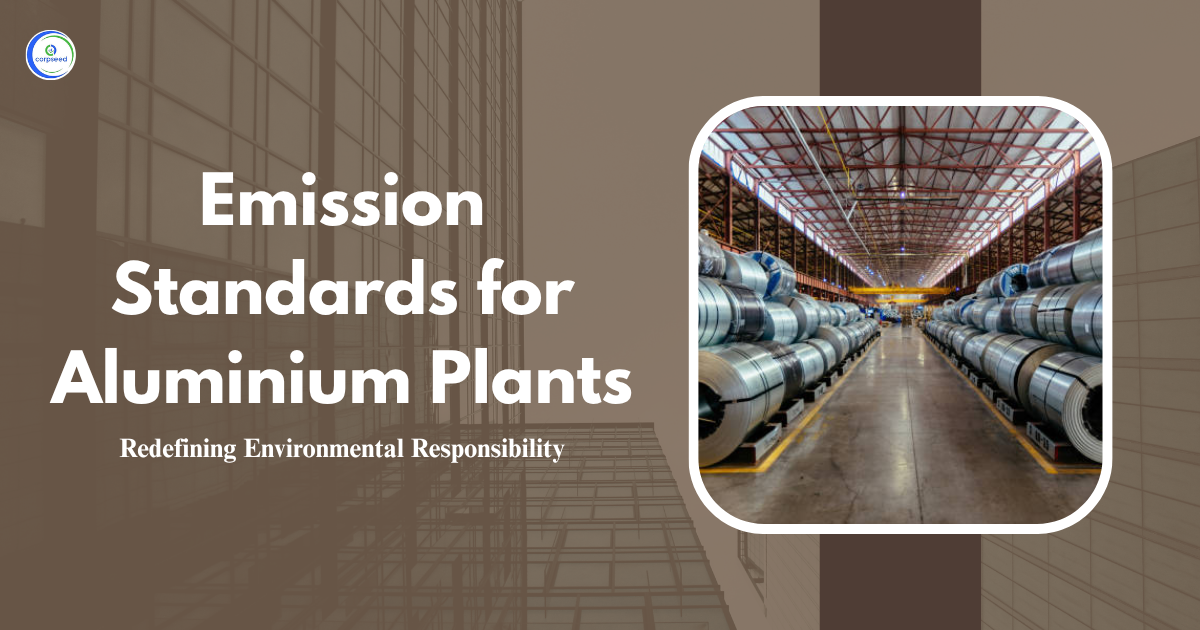The cement industry plays an important role in the growth of global infrastructure. However, the environmental impacts of cement production are substantial, especially regarding pollutants released into the air, water, and soil. In response, emission and discharge standards have been set for cement plants to prevent their environmental impact. These standards designated by regulatory bodies like the Central Pollution Control Board (CPCB) and State Pollution Control Boards (SPCB) are crucial to promote sustainability within the sector.
Table of Contents
- Understanding Environmental Pollutants
- About Cement Plants and Their Environmental Pollutants
- Impact of Cement Plant Pollution
- Key Pollutants of Cement Plants
- Importance of Emission Standards
- Effluent Standards
- Emission Standards for Cement Plants (without Co-Processing)
- Emission Standards for Cement Plants with Co-Processing of Waste
- Technologies to Control Pollution from Cement Plants
- Monitoring and Reporting
- Conclusion
Understanding Environmental Pollutants
Environmental pollutants are those harmful substances that are discharged into the environment, adversely disturbing air, water, and soil quality. For cement plants, important pollutants are Particulate Matter (PM), Sulfur Dioxide (SO2), and Nitrogen Oxides (NOx). These emissions contribute to air pollution, leading to health problems, environmental degradation, and climate change.
In several countries, regulatory frameworks have been established to regulate these emissions. For instance, in India, the Environment (Protection) Act, 1986 allows the government to impose emission standards and rules. Cement plants must adhere with these standards to limit pollution and mitigate their environmental impact.
About Cement Plants and Their Environmental Pollutants
Cement plants are large industrial facilities that generate cement from raw materials such as limestone, clay and gypsum. During this process, cement plants produce significant amounts of environmental pollution. The manufacturing process, especially through the use of rotary kilns, emits large amounts of particulate matter (PM), sulfur dioxide (SO2), and nitrogen oxides (NOx). Moreover, the energy-intensive nature of cement production needs high fuel consumption, which further adds to air pollution.
--------------Blog Contact Form-------------
Impact of Cement Plant Pollution
The environmental pollutants emitted by cement plants have widespread negative effects:
- Air Quality Degradation: The emission of SO2, NOx, and PM degrades air quality, leading to respiratory problems, asthma, and cardiovascular diseases in nearby communities.
- Global Warming Potential: The production of cement is a major source of carbon emissions, which contributes to global warming and climate change. CO2 emitted during the cement production process is a significant part of global industrial emissions.
- Acid Rain: The emission of SO2 into the atmosphere is due to the production of sulphuric acid, resulting in acid rain. Acid rain damages plants, water bodies, and infrastructure.
- Soil and Water Contamination: Waste from cement plants can enter soil and water reservoirs, which can pollute them with toxic compounds and affect the ecosystem.
- Health Risks: Long-term contact to cement plant emissions can cause severe health problems for workers and surrounding residents, including cancer, lung diseases, and neurological disorders.
Key Pollutants of Cement Plants
The primary pollutants produced by cement plants include:
- Particulate Matter (PM): Fine particles that are generated from the cement kiln, affecting air quality and causing respiratory issues.
- Sulfur Dioxide (SO2): A gas produced during the burning of fossil fuels, contributing to acid rain and smog.
- Nitrogen Oxides (NOx): Gases emitted by high-temperature combustion processes, resulting in ground-level ozone development and acid rain.
- Carbon Dioxide (CO2): Discharged during the production of clinker, a major component of cement, contributing significantly to global warming.
- Heavy Metals: These may consist of lead, mercury, and cadmium, which can be emitted from waste materials used in cement production.
Importance of Emission Standards
Emission standards are vital for controlling pollutants emitted by cement plants. These standards help to reduce the serious impact on the human health and the environment. Below is why these standards are important:
- Public Health Protection: The emissions standards ensure that cement plants limit dangerous pollutants that can cause respiratory and cardiovascular diseases in the local population.
- Climate Change Mitigation: Setting CO2 emission standards would help mitigate the cement industry’s contribution to global warming and encourage energy efficient production methods.
- Environmental Preservation: By regulating pollutants like SO2 and NOx, emissions standards safeguard the ecosystem, preventing soil and water pollution.
- Encouraging Technological Innovation: Stringent emission standards force cement plants to invest in cleaner technologies and processes, which encourage sustainable growth in the industry.
- Legal Compliance and Penalties: The CPCB and SPCB as regulatory authorities which implement emission standards through periodic monitoring and penalties for non-compliance, ensuring that plants fulfill the desired environmental requirements.
Effluent Standards
Additionally, to air pollution, cement plants also have to manage water pollution. Effluent standards help control the quality of water discharged from these plants. These include chemical parameters such as pH levels, oil and grease content, and heavy metals. These standards confirm that water reservoirs surrounding cement plants are secured from pollution, support aquatic life, and preserving the water supply for local communities.
Emission Standards for Cement Plants (without Co-Processing)
Here is a table outlining the emission standards for cement plants, based on the Environment (Protection) Fourth Amendment Rules, 2016:
| S. No | Industry | Parameter | Standards | ||
| “10. | Cement Plant (without co processing), Standalone Clinker Grinding Plant or, Blending Plant | A – Emission Standards | |||
| (i) Rotary Kiln –without co processing | |||||
| Sulphur Dioxide (SO2) in mg/Nm3 | Irrespective of date of commissioning | Anywhere in the country | 100, 700 and 1000 when pyritic sulphur in the limestone is less than 0.25%, 0.25 to 0.5% and more than 0.5% respectively. | ||
| Oxides of Nitrogen (NOx) in mg/Nm | After the date of notification (25.8.2014) | Anywhere in the country | (1) 600 | ||
| Before the date of notification (25.8.2014) | Anywhere in the country |
(2) 800 for rotary kiln with In Line Calciner (ILC) technology. (3) 1000 for rotary kiln using mixed stream of ILC, Separate Line Calciner (SLC) and suspension preheater technology or SLC technology alone or without calciner. |
|||
Emission Standards for Cement Plants with Co-Processing of Waste
Here is a table outlining the emission standards for cement plants involved in co-processing of waste:
| S. No. | Industry | Parameter | Standards | ||
| “10A. | Cement Plant with co-processing of wastes | A- Emission Standards | |||
| Rotary Kiln – with co-processing of Wastes | |||||
| Date of Commissioning | Location | Concentration not to exceed, in mg/Nm3 | |||
| Particulate Matter (PM)* | on or after the date of notification (25.8.2014) | anywhere in the country | 30 | ||
| before the date of notification (25.8.2014) | critically polluted area or urban centres with population above 1.0 lakh or within its periphery of 5.0 kilometer radius | 30 | |||
| other than critically polluted area or urban centres | 30 | ||||
| SO2* | irrespective of date of commissioning | anywhere in the country | 100, 700 and 1000 when pyritic sulphur in the limestone is less than 0.25%, 0.25 to 0.5% and more than 0.5% respectively. | ||
| NOx* | After the date of notification (25.8.2014) | anywhere in the country | (1) 600 | ||
| Before the date of notification (25.8.2014) | anywhere in the country |
(2) 800 for rotary kiln with In Line Calciner (ILC) technology. (3) 1000 for rotary kiln using mixed stream of ILC, Separate Line Calciner (SLC) and suspension pre-heater technology or SLC technology alone or without calciner |
|||
| HCl | 10 mg/Nm3 ** | ||||
| HF | 1 mg/Nm3 | ||||
| TOC | 10 mg/Nm3 ** | ||||
| Hg and its compounds | 0.05 mg/Nm3 | ||||
| Cd +Tl and their compounds | 0.05 mg/Nm3 | ||||
| Sb+As+Pb+Co+Cr+Cu+Mn+Ni+V and their compounds | 0.5 mg/Nm3 | ||||
| Dioxins and Furans | 0.1 ngTEQ/ Nm3 | ||||
|
Note: The abbreviations used in the Table shall mean as under: SO2- Sulphur dioxide; NOX - Oxides of Nitrogen; HCl – Hydrogen Chloride; HF – Hydrogen Flouride; TOC - Total Organic Carbon; Hg – Mercury; Cd – Cadmium; Tl – Thallium; Sb – Antimony; As – Arsenic; Pb – Lead; Co – Cobalt; Cr – Chromium; Cu – Copper; Mn – Manganese; Ni – Nickel; and V - Vanadium.”; * The concentration values and timeline for implementation in respect of PM, SO2 and NOx shall be governed in accordance with the provisions under notification published vide GSR No. 612 (E), dated the 25th August, 2014 and amended from time to time. **Permitting authority may prescribe separate standards on case to case basis, if Total Organic Carbon (TOC) does not result from the co-processing of waste. (a) The height of each individual stack connected to Kiln, Clinker Cooler, Cement Mill, Coal Mill, Raw Mill, Packaging section, etc. shall be of a minimum of 30 metres or, as per the formula H = 14 (Q1)0.3 and H = 74 (Q2)0.27 whichever is more, where “H” is the height of stack in metres and “Q1” is the maximum quantity of SO2 expected to be emitted in kg/hr and “Q2” is the maximum quantity of PM expected to be emitted in tonnes/hr through the stack at 100 percent rated capacity of the plant; (b) The monitored values of SO2, NOx, HCl, HF, TOC, Metals and Dioxins and Furans at main kiln stack shall be corrected to 10% Oxygen, on dry basis and the norms for SO2, NOx, HCl, HF, TOC, Metals and Dioxins and Furans shall be applicable to main kiln stack and the norms for Particulate Matter (PM) shall be applicable to all the stacks in the plant. PM, SO2, NOx shall be monitored continuously. HCl, HF, TOC, Metals and Dioxins and Furans shall be monitored once in a year; (c) Scrubber meant for scrubbing emissions shall not be used as quencher and plants having separate stack for gaseous emission for the scrubbing unit, the height of this stack shall be at least equal to the main stack. |
|||||
| B- Service waste water (with co-processing of wastes) All efforts shall be made by the industry for ‘zero discharge’ of service wastewater and in case, the industry prefers to discharge service wastewater, the following norms shall be complied with: |
|||||
| Concentration not to exceed, milligram per litre (except pH and temperature) | |||||
| pH | 5.5 to 9.0 | ||||
| Suspended Solids | 100 | ||||
| Oil and Grease | 10 | ||||
| Temperature | not more than 5˚C higher than the intake water temperature | ||||
| C- Storm water (I) Storm-water shall not be allowed to mix with effluent, treated sewage, scrubber water and or or floor washings. (II) Storm-water within battery limits of industry shall be channelized through separate drain(s).” |
|||||
| 10A. | Cement Plants (with coprocessing) | Rotary kiln based plants (Particulate Matter from raw mill, kiln and precalciner system put together) | 0.125 kg/ tonne of clinker.” | ||
Also Read: What are the Standards for Emission or Discharge of Environmental Pollutants for Stone Crushing Unit
Technologies to Control Pollution from Cement Plants
To adhere with environmental standards, cement plants are implementing advanced technologies for pollution control:
- Electrostatic Precipitators (ESPs): These devices capture particulate matter before they are emitted into the air, significantly mitigating air pollution.
- Flue Gas Desulfurization (FGD): This technology helps remove SO2 from flue gases, avoiding acid rain and enhancing air quality.
- Low-NOx Burners: These burners help reduce NOx emissions, minimizing the formation of smog and acid rain.
- Carbon Capture and Storage (CCS): CCS technology can capture CO2 releases during the production of cement, stopping them from entering the atmosphere and contributing to global warming.
- Alternative Fuels: The use of alternative fuels such as waste-derived fuels (e.g., plastic and tire-free fuels) minimizes the carbon footprint of cement plants and reduces dependence on coal.
Monitoring and Reporting
Continuous monitoring and reporting of emissions is important to ensure compliance with environmental standards. Cement plants need to install online monitoring systems that track levels of pollutants like PM, SO2, and NOx. The collected data is submitted to regulatory agencies like CPCB and SPCB, ensuring transparency and responsibility. Non-compliance with emission standards can result in penalties and operational restrictions.
Conclusion
Cement plants are among the largest industrial contributors to environmental pollution. However, stricter emission standards imposed by regulatory bodies like CPCB and SPCB significantly improve pollution control. By implementing these standards and adopting advanced technologies to control pollution, the cement industry can reduce its environmental impact and contribute to a healthier and more sustainable future. The emission standards and technologies of cement plants are important not only to maintain public health but also to preserve the planet for future generations.
This portion of the site is for informational purposes only. The content is not legal advice. The statements and opinions are the expression of author, not corpseed, and have not been evaluated by corpseed for accuracy, completeness, or changes in the law.
BOOK A FREE CONSULTATION
Get help from an experienced legal adviser. Schedule your consultation at a time that works for you and it's absolutely FREE.
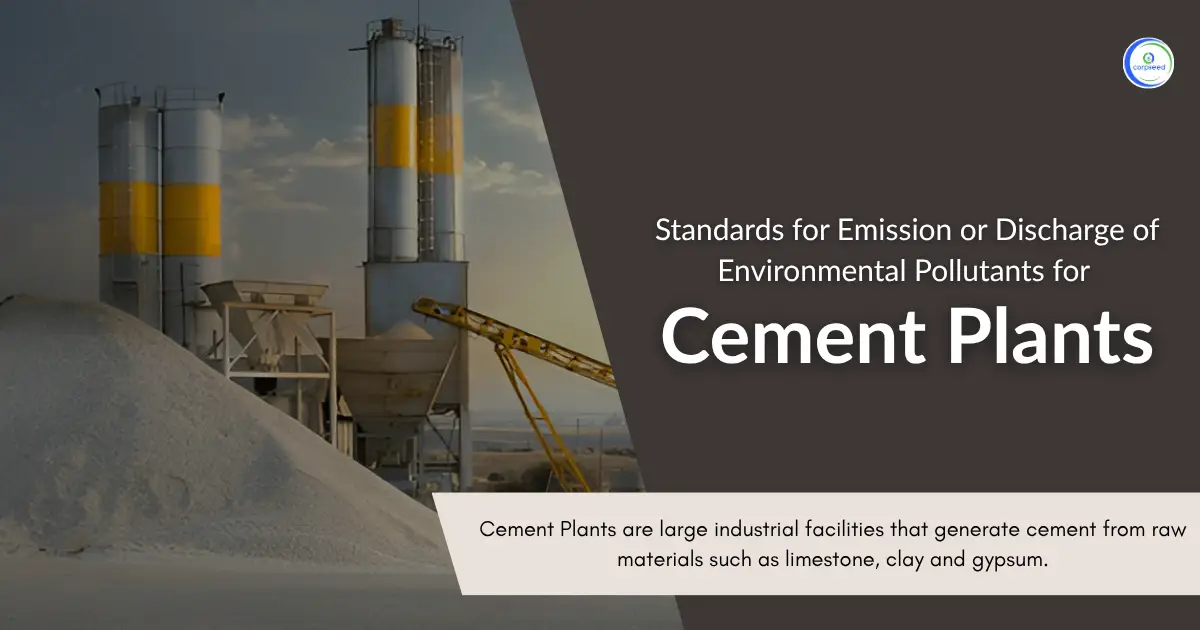


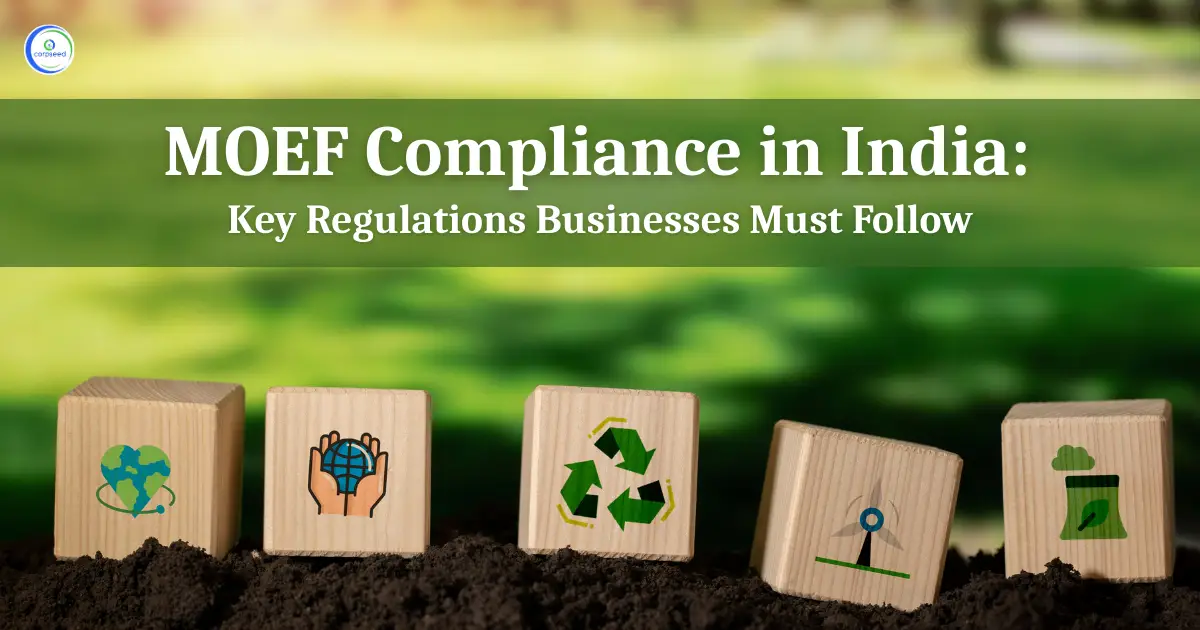
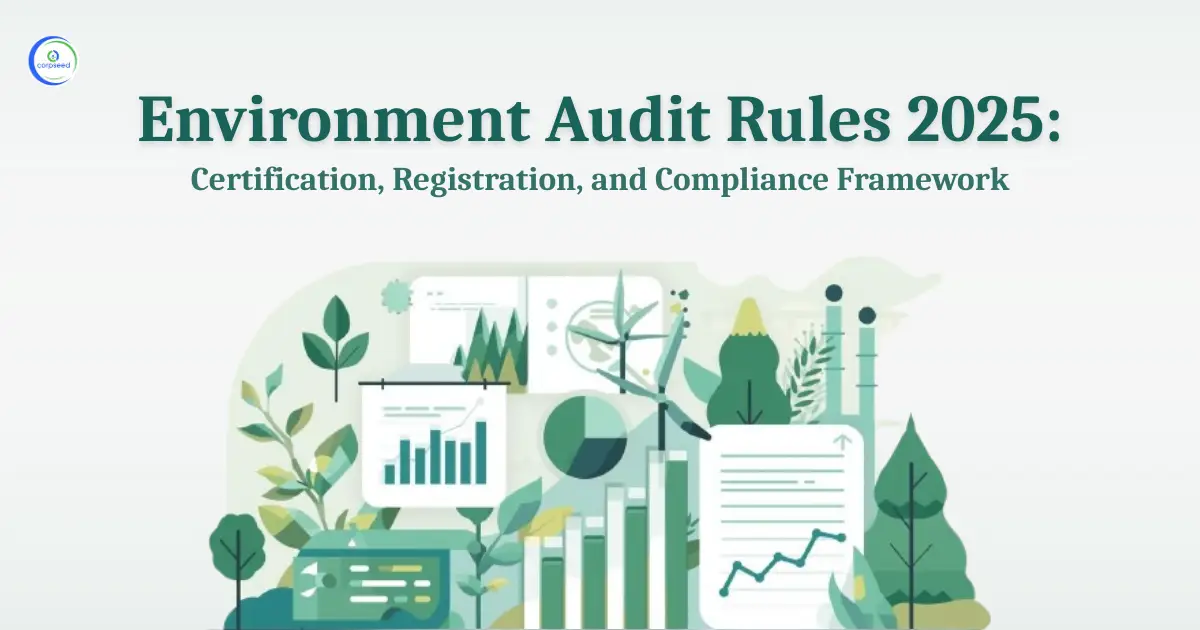
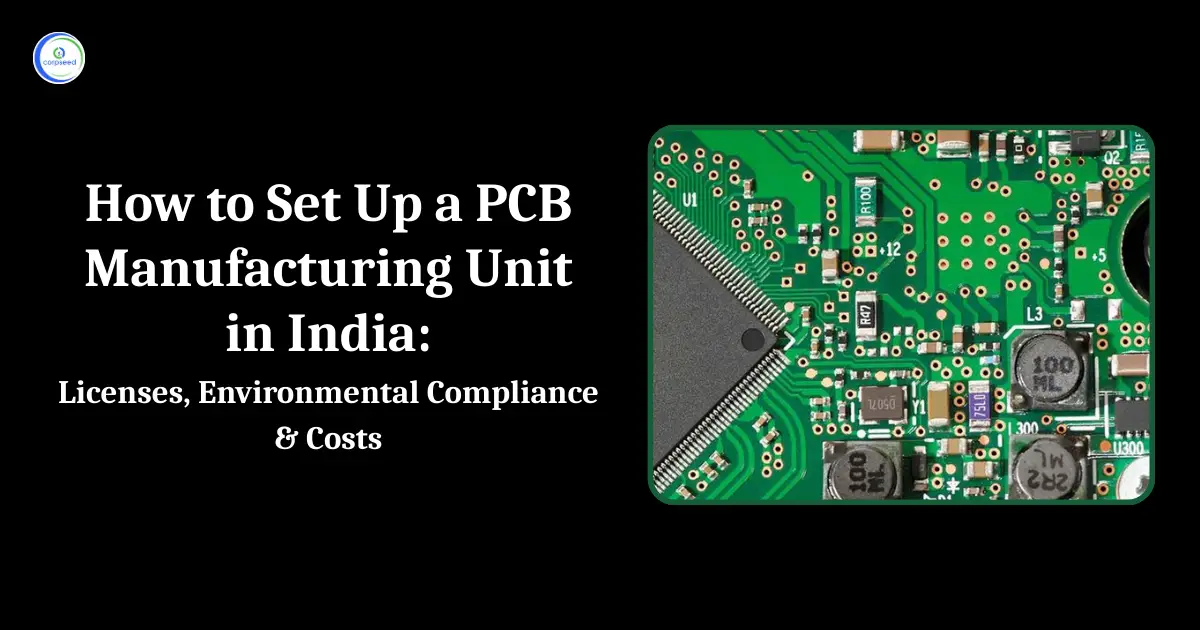
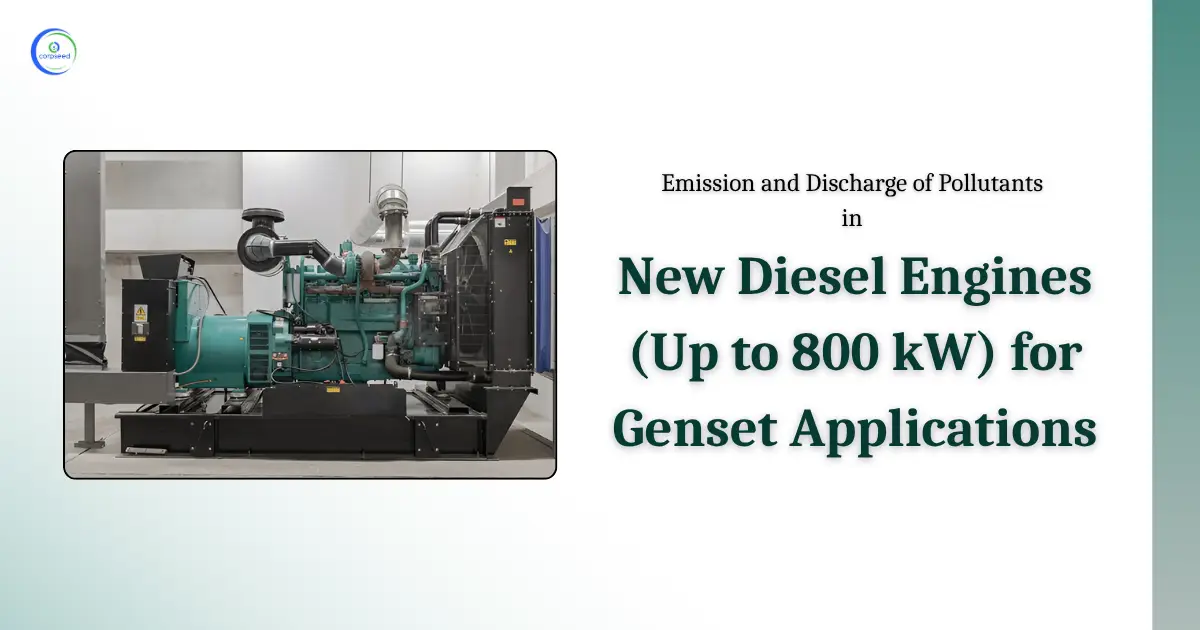
_Corpseed.webp)
.webp)
